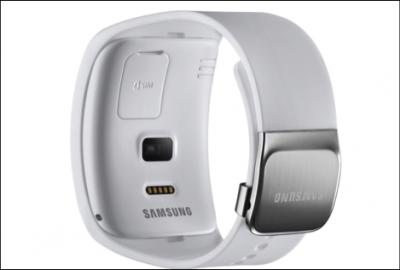BSc thesis project proposal
Heart rate monitoring using PPG signals
A useful feature of modern wearable devices is the fact that they can support in continuous health checks. One of the features often monitored is the heart rate. Typically, this is done using photoplethysmographic (PPG) signals that are measured with a watch on the wrist. Compared to ECG signals, measuring PPG signals is less intrusive for the patient. However, the measurements are often much more noisy than ECG signals due to movements of the watch.
In this project, we will develop an algorithm for monitoring the heart rate using PPG signals. An important challenge for such an algorithm is to acquire accurate estimates of the heart rate when the patient is doing physical exercise.
Assignment
Data sets are available from www.signalprocessingsociety.org/spcup2015/index.html. This data contains measurements from multiple sensors, among which two PPG sensors, an ECG sensor to measure ground truth and measurements from an accelerometer.
A good start would be to first implement an algorithm that can estimate the hear-rate based on ECG signals. Then, for solving this problem, the students could develop:
- A baseline algorithm to monitor the heart rate using �clean� PPG signals.
- An investigation of the types of artefacts present in PPG signals.
- Development of an algorithm that can handle such artefacts.
- An investigation how the accelerometer data and the multiple PPG signals can be used.
Depending on the students� background this problem can be approached from a hardware development point of view (development of a sensor) or from a signal processing point of view.
The problems to solve might include:
- Literature research on heart rate monitoring for PPG signals.
- Implementation of baseline algorithm to monitor the heart-rate using PPG signals.
- An investigation of the types of artefacts present in PPG signals.
- Development of an algorithm that can handle such artefacts.
- An investigation how the accelerometer data can be used.
- An investigation how the multiple PPG signals can be combined.
The responsibility for the solution of these problems can easily be divided over the subgroups, while tight co-operation is necessary for the successful realization of this project. Implementations will be made in Matlab. More information about heart rate monitoring using PPG signals can be obtained from the website http://www.signalprocessingsociety.org/spcup2015/index.html.
Contact
dr.ir. Richard Hendriks
Signal Processing Systems Group
Department of Microelectronics
Last modified: 2023-01-13
